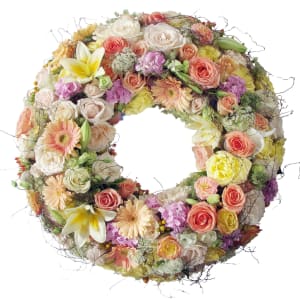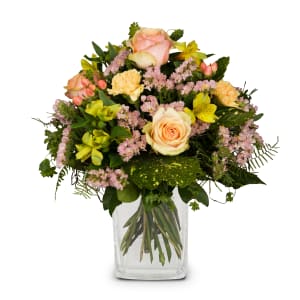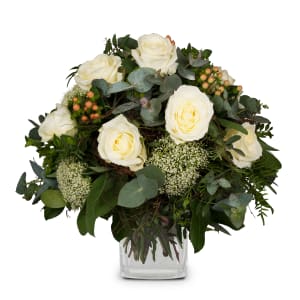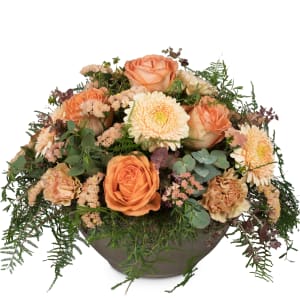- Ask the burial or parish office for the names of recommended sculpture studios for the commissioning of gravestones.
- Clarify with the relevant burial office whether the planting and maintenance of the grave is carried out exclusively by the cemetery gardener or whether the family members can be in charge of this. If you do not wish to take care of the grave yourself, you should conclude a contract for the grave maintenance.
How to organize the planting of the grave?
Grave maintenance contract or DIY? What should you think about when doing it yourself? Here you will find answers - and a small list of easy-to-care-for plants.

Organizing a grave planting
If a person who was close to us has passed away, a
beautifully tended grave shows that we miss them.
This has to be organized:

Tips for those who want to take care of the grave themselves
If you want to take care of the grave yourself, you need to know
whether you want to choose perennial plants or seasonal plants.
In any case,
it is advisable to choose plants that are easy to care for.
In addition, these must be suitable for the location of
the grave. A grave in full sun requires
different plants than one in the shade.
Ask your florist for advice.

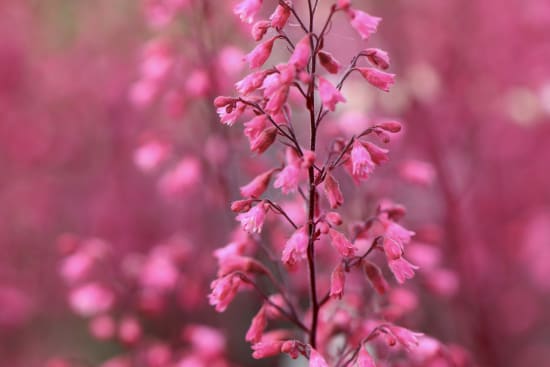

Low maintenance perennial plants
If you don't want to worry about a grave you plant yourself,
it's a good idea to choose hardy
plants that, once planted, only need to be maintained.
Our tips: lavender (blooms from early summer to fall); gaultheria
(ground cover, slow growing, frost resistant); sempervivum
(undemanding, ground cover); heuchera
(decorative, low maintenance); vinca minor
(ground cover, undemanding evergreen that keeps weeds at bay).
Perennials can be wonderfully complemented by seasonal bouquets
in a vase or small pots planted with flowers.

Beautiful plants for spring and summer
If you choose seasonal plants, there are flowering plants for the warmer months that
require little water but still tolerate plenty of sun.
Our tips: mandevilla (big variety of colors); meadow sage
(available in blue-purple, pink and white); begonia
(undemanding, many colors);
impatiens walleriana (many colors); verbena (attractive colors).
These plants also attract bees, bumblebees and butterflies.
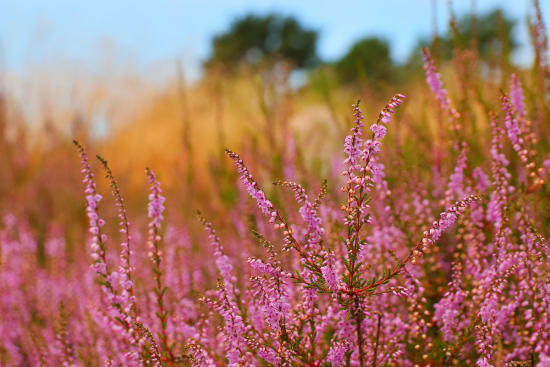
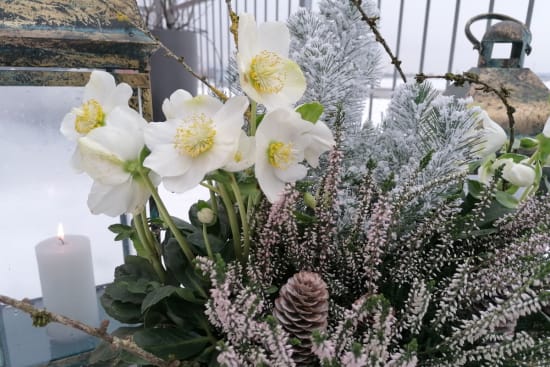
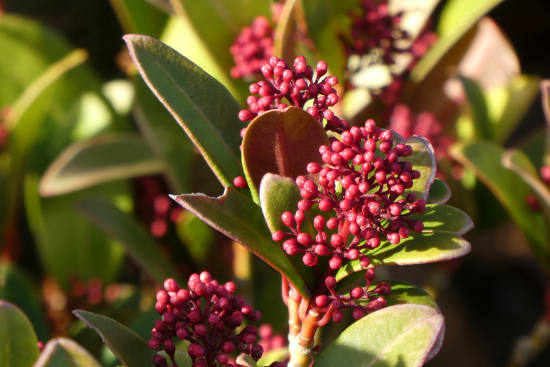
Attractive plants for autumn and winter
There are also plants that can withstand the winter and nevertheless bloom in some cases.
Our tips: calluna (in beautiful colors; usually retains its
color even when frozen); erica (evergreen, with white, pink or
purple flowers); skimmia (with delicate white flowers and red
berries); horned violets (many colors); Salvia yangii
(beautiful winter look in blue-gray; retains color at
any temperature);
Christmas roses (bloom even in snow and ice).
More about sadness & comfort
How to deal with a death as an acquaintance?
How do you express your condolences? Is there a dress code for funerals? And do we bring flowers to the funeral? Find out more here.
What flowers to offer in case of a bereavement
What flowers to give to the bereaved or for the funeral? Do they have to be necessarily white? Are there typical funeral flowers? And what about other religions? Find out more here.
How do you deal with a death as next of kin?
Which official first steps are urgent? How do you organize a funeral? Church or secular service? And can you choose the cemetery? Here you will find the answers.
How to organize the planting of the grave?
Grave maintenance contract or DIY? What should you think about when doing it yourself? Here you will find answers - and a small list of easy-to-care-for plants.

